
Product images play a crucial role in the success of any e-commerce business. They not only help to showcase the product but also influence the buying decision of the customers.
This comprehensive guide will help you understand the importance of image size and format for your e-commerce website, whether you’re selling on Amazon, Shopify, Etsy, eBay, WooCommerce, or BigCommerce.
Table of content
Understanding Image Size and Formats
Image size and format are two important factors that can significantly impact the performance of your e-commerce website. The right image size ensures that your website loads quickly, providing a smooth user experience, while the correct image format ensures that your product images look clear and attractive.
For more insights on image optimization, check out our guide on mastering image resizing for Amazon.
The Ideal Product Image Size for E-commerce Websites

While there’s no one-size-fits-all answer to the ideal product image size for e-commerce websites, a general rule of thumb is to aim for an image size that balances quality and load speed.
High-resolution images look great but can slow down your website, while low-resolution images load quickly but can look blurry or pixelated. A balance between the two is key. For more tips on avoiding common pitfalls in e-commerce, read our article on top 10 dropshipping mistakes to avoid.
Best Image File Type for Shopify
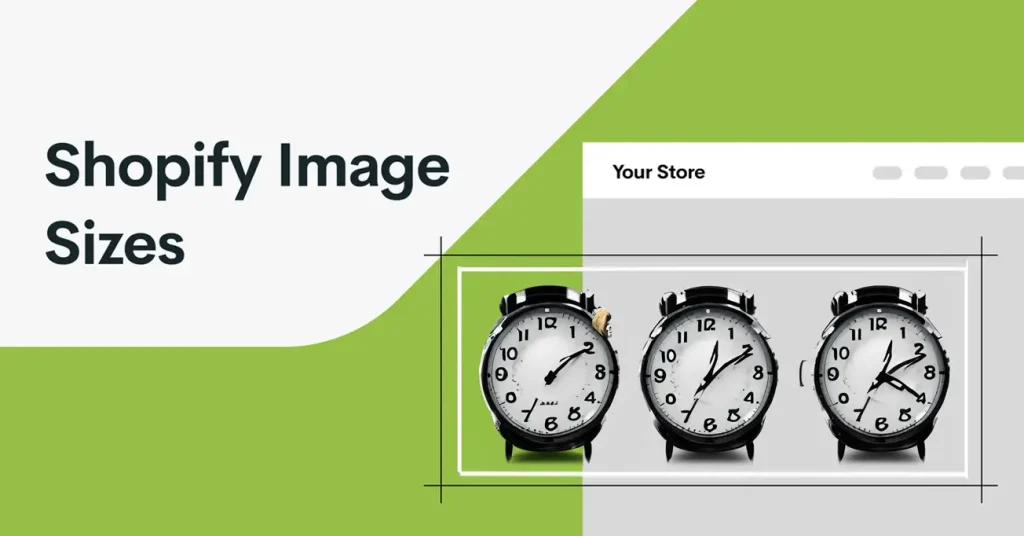
Shopify recommends using JPEG or PNG format for product images. While JPEG is great for images with lots of colors and details, PNG is ideal for images with transparent backgrounds. The choice between the two depends on the specific needs of your product images.
For more information on how to succeed on Shopify, check out our comprehensive guide to avoiding dropshipping mistakes.
Shopify Product Images: Aspect Ratio and Format
Shopify recommends an aspect ratio of 1:1 for product images, meaning the width and height of the image should be the same. This ensures that all your product images are displayed consistently across your website.
As for the format, both JPEG and PNG are accepted, with the choice depending on your specific needs.
Image Requirements for Other E-commerce Platforms
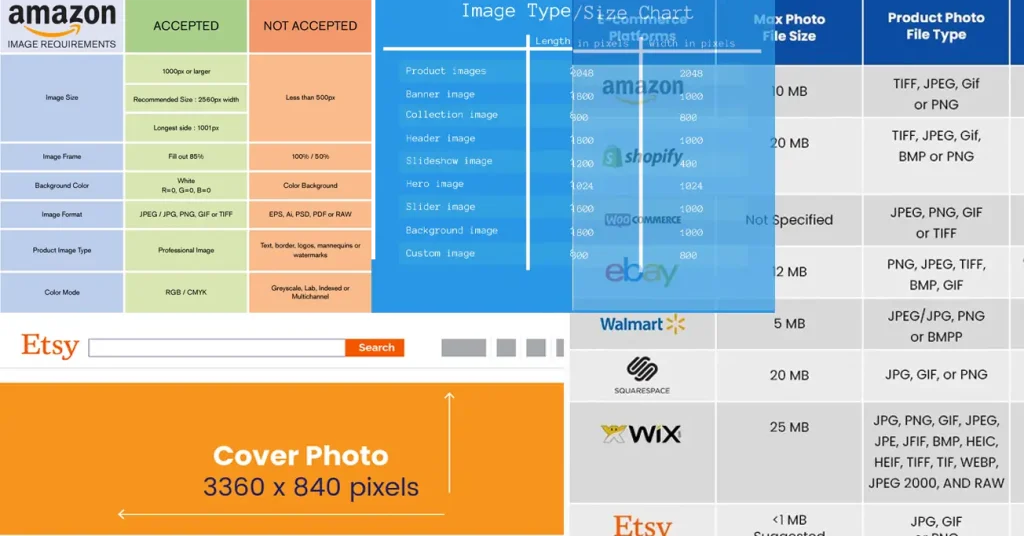
Like Shopify, other e-commerce platforms also have their own image requirements. Amazon, for example, requires product images to be at least 1000 pixels in either width or height, while Etsy recommends an image size of at least 2000 pixels for the shortest side of the image.
eBay ,WooCommerce, and BigCommerce also have their own specific image requirements.
For a deeper understanding of Amazon’s requirements, you can refer to our guide on Amazon keyword research and mastering Amazon infographics.
Optimizing Images for E-commerce
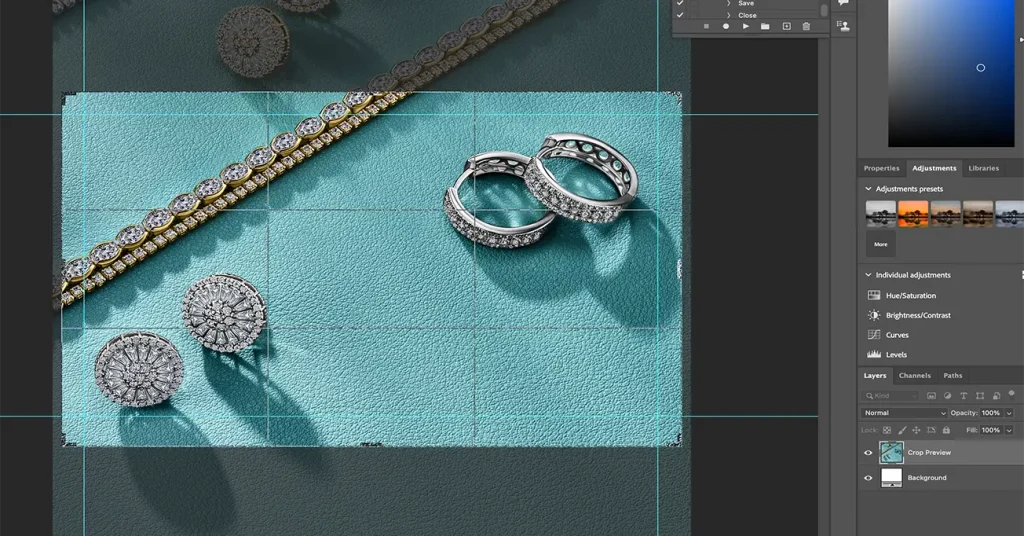
Storing your product images in a secure and accessible location is crucial for the smooth operation of your e-commerce website.
Cloud storage services like Amazon S3, Google Cloud, and Dropbox are popular choices due to their reliability and ease of access. For more insights on Amazon’s services, you can refer to our guide on Amazon A+ content.
High-Quality Product Images: A How-To Guide
High-quality product images can significantly boost your sales by providing a clear and detailed view of your products.
Some tips for getting high-quality product images include using a good camera, ensuring proper lighting, and using a tripod to avoid blurry images.
For more tips on achieving high-quality images, check out our review of affordable mirrorless cameras for video in 2023.
Amazon Product Images: Format and Requirements
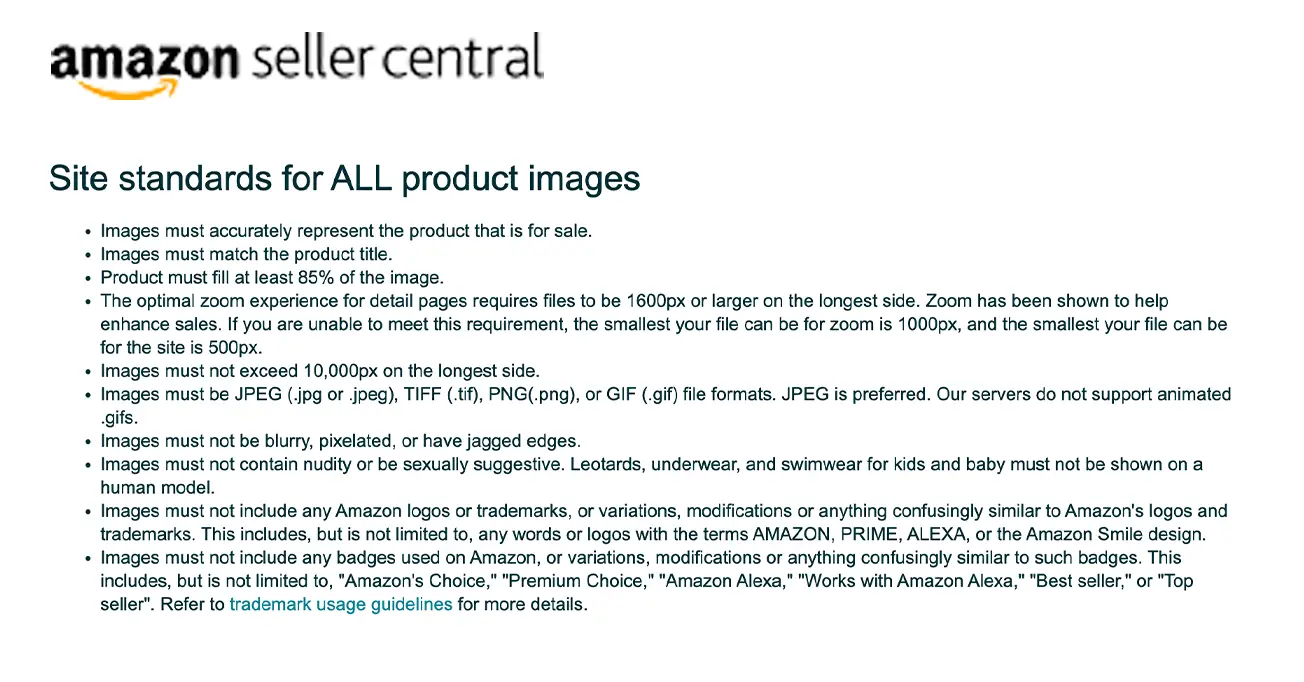
Amazon has specific requirements for product images to ensure a consistent and high-quality shopping experience for its customers. The main product image, for example, must be on a white background and fill 85% or more of the image frame.
As for the format, Amazon accepts JPEG, PNG, GIF, and TIFF, but JPEG is recommended for its balance of quality and file size. For more insights on Amazon’s requirements, you can refer to our guide on how to launch your products on Amazon with unrivaled success.
Exporting High-Quality Images: Best Formats
The best format for exporting high-quality images depends on your specific needs. JPEG is a good choice for images with lots of colors and details, while PNGis ideal for images with transparent backgrounds.
TIFF is another option that provides high quality but comes with larger file sizes.
How Pro Photo Studios Can Help with Your Product Images
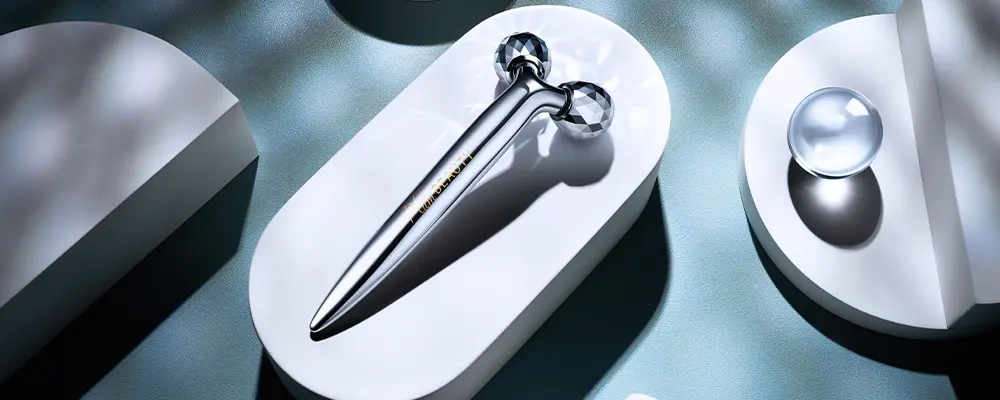
Pro Photo Studios offers professional product photography services that can help you get high-quality product images for your e-commerce website. With years of experience and a team of skilled photographers, we can help you showcase your products in the best light possible.
Whether you’re looking to avoid common dropshipping mistakes, improve your Amazon keyword research, or master Amazon infographics, our team can provide the expertise and guidance you need.
Our services also extend to helping you navigate the Amazon Seller Central apps and creating compelling Amazon A+ content. If you’re looking to resize your images for Amazon, our comprehensive guide on image resizing can be a valuable resource. And if you’re planning to launch your products on Amazon, our insights on how to achieve unrivaled success can give you a competitive edge.
For those interested in the technical aspects of product photography, our review of affordable mirrorless cameras for video in 2023 provides a detailed look at some of the best equipment in the industry. At ProPhotoStudio, we’re committed to helping you succeed in the e-commerce space with high-quality, optimized product images.
Conclusion
Optimizing your product images for e-commerce is a crucial step in providing a great shopping experience for your customers.
By understanding the image size and format requirements of your e-commerce platform and using the right tools and techniques, you can ensure that your product images look great and load quickly.
And remember, if you need professional help with your product images, ProPhotoStudio is here to help.
FAQs
The best image size for websites is one that balances quality and load speed. A pixel width of 2500 pixels is often perfect for stretching full-screen across a browser in most cases. However, for e-commerce product images, a size of 640 x 640 or 800 x 800 pixels is commonly used.
The best image resolution for the web is 72 pixels per inch (PPI). At 72ppi, images are great for viewing and sharing. They also have small file sizes which help in faster loading of web pages.
The general rule to aim for with image file sizes is below 70 kb. Reducing your file size without losing image quality is possible through using various optimization techniques.
As a basic guideline, your images on site should be of at least 2000 pixels on the longest side. This allows for zooming in on your photographs and ensures high-quality display.
Your goal is to keep your images at 1 to 2 MB in size. The smaller your image size, the faster your load speeds, meaning a lower bounce rate and more happy customers.
These are usually small images that appear in product category or site search results listings. They are typically 100 x 100 or 200 x 200 pixels in size.
Image size is essential for e-commerce because your customers can’t touch the product, so images, product descriptions, and reviews are their initial reference. A good image size ensures that customers can clearly see the product details.






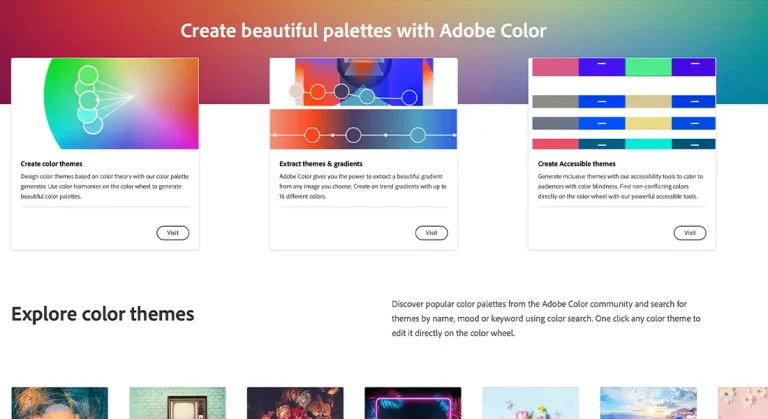

3 thoughts on “Optimizing Image Size for eCommerce Websites”
Another very important point on SEO is the optimization and compression of images on the site.
Optimizing image size for eCommerce websites is crucial, and this article provides all the necessary insights. A must-read for online retailers!
What a great article this is. I was searching an article about optimizing our image size for eCommerce